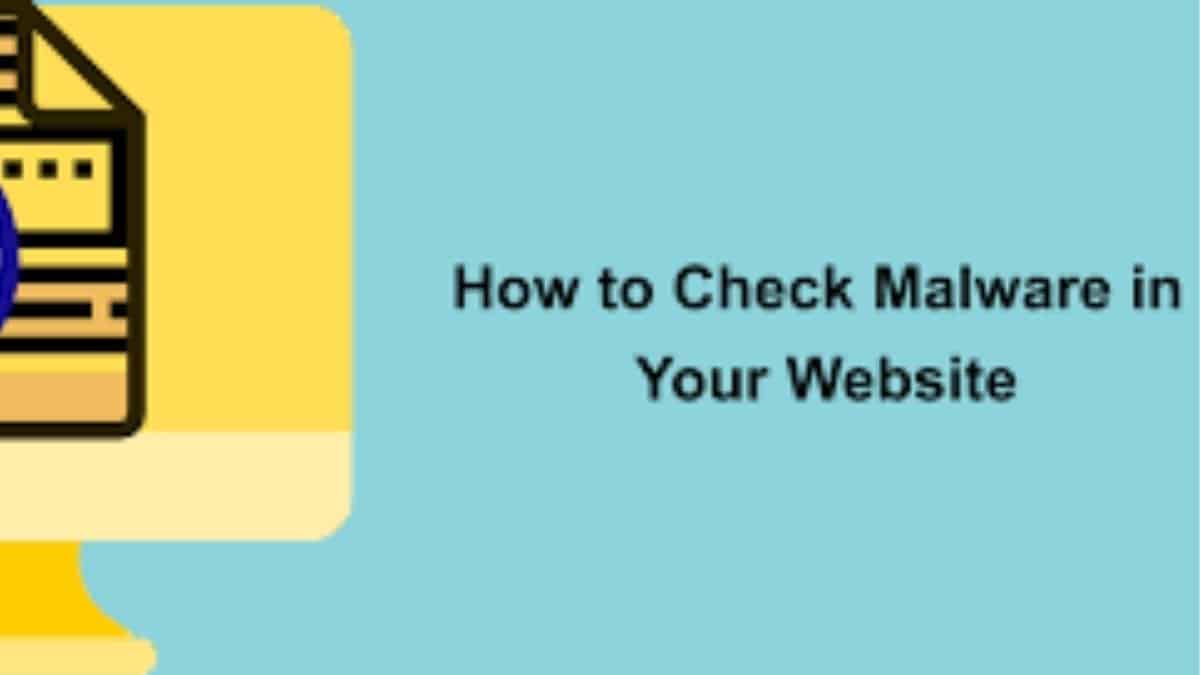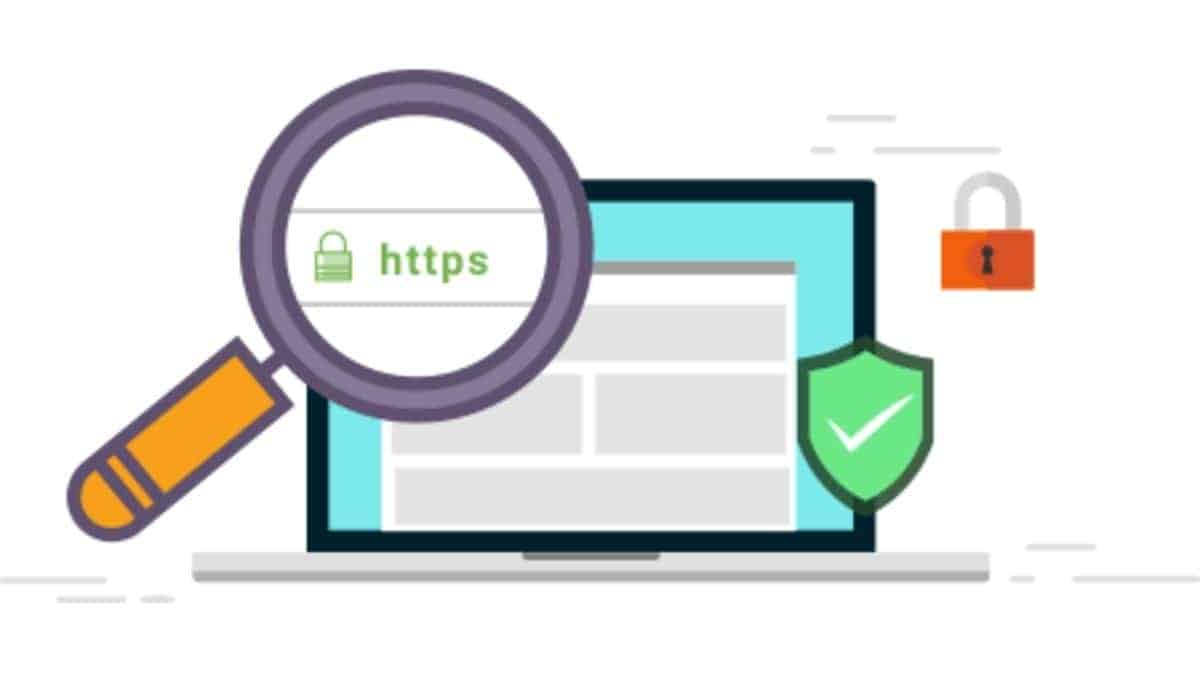How to check your website is free of malware?

Malware remains a permanent weapon in the arsenal of cybercriminals as the industry develops and grows. Malware, or malicious software, is software that is designed to harm a website or computer. Website virus can be used to steal valuable consumer information, hold websites hostage, or even seize complete control of the website. Malware victims frequently may not realize they have been targeted until it is too late.
Every day, almost one million new malware threats emerge. To protect website owners, we provide automatic virus eradication. Taking matters into your own hands and becoming proactive about website security is crucial to keeping your website secure. One of which is to learn how to manually check for malware indications. The second, and most successful, method of avoiding malware is to use a free website scanner which identifies and removes dangerous content. Start by knowing the common indications of malware to check the site for malware.

Look for Malware Warning Signs
Malware symptoms may not be immediately apparent to you or your visitors. Many website owners, for example, may believe that website defacement, or an attack that alters the aesthetic aspect of a website, is the sole way to detect malware. In actuality, malware’s explosiveness and capacity to hide from website owners is what makes it so powerful.
Even if your website hasn’t been hacked, you could be infected with malware if:
- Your account login credentials were changed without your permission.
- Your website files were changed or removed without your permission.
- Your website is crashing or freezing.
- You’ve noticed a change in your search engine result pages, like blacklisting or warnings about hazardous content.
- You’ve seen a sudden decrease or rise in traffic.
- If any of these warning signals arise, take the procedures below to validate your suspicions.
Make use of a URL Scanner
A URL scanner is a useful tool to use if you think your site contains malware. Sitelock offers a free scan of any URL. Enter your website’s domain name and SiteLock will do a quick external check for known malware. Scanning your website ensures that it is up to date and safe. If your website has been detected for malware and you want to figure out where the infection came from, start by looking at the code.
Check for Changes
Keeping regular backups of your website is a wise practice for all website owners. Using a tool that generates backups automatically makes this simple. This has a number of benefits, including the ability to restore your site in the case of a cyberattack. Furthermore, knowing how your website’s clean, regular code appears can help you discover any infection symptoms.
But what if anything goes wrong and you don’t even have a good backup? You can examine your databases, documents, and source code for symptoms of malware if you are experienced enough with your site or content management system (CMS) coding to examine it for suspicious contents. Don’t worry if coding isn’t your first language; the next part contains further information on automated virus screening.


